Projects
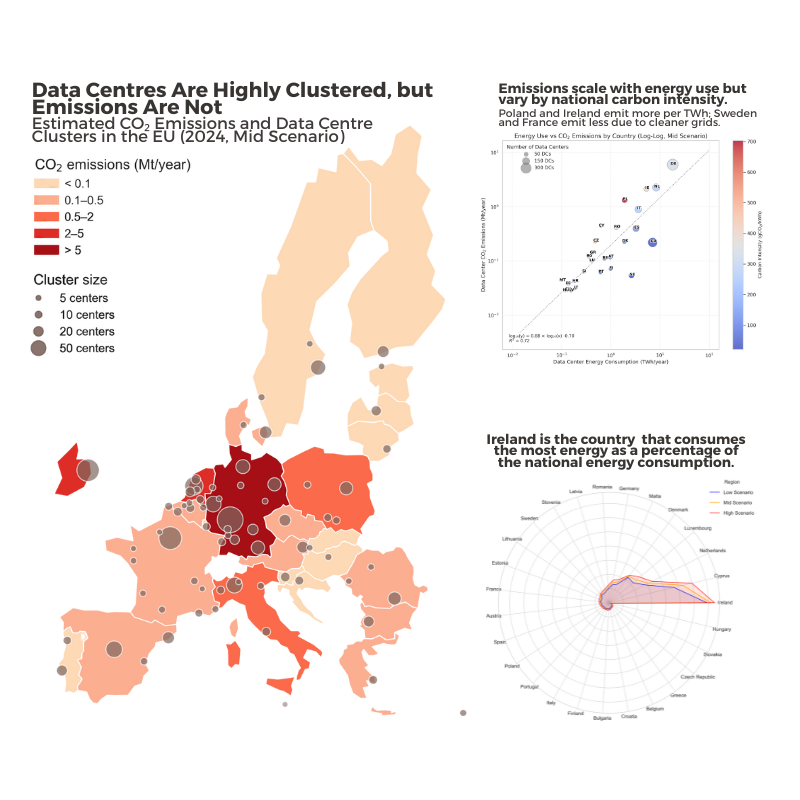
Estimating the Energy Consumption and Environmental Impacts of Data Centres in the EU
Master’s thesis: Developed a bottom-up, area-based model to estimate the energy consumption and CO₂ emissions in EU data centers. Included geospatial clustering, scenario analysis, and policy implications.

Not All Roofs Are Equal: Land Use, Migration, and Environmental Inequality across Germany
Geospatial analysis for #DataFestGermany2025 at Ludwig-Maximilians-Universität München. We explored how spatial inequality and migration intersect in housing access across Germany, visualizing disparities in living space and their links to income, regional divides, and environmental variables. This project won the Best Visualization prize.
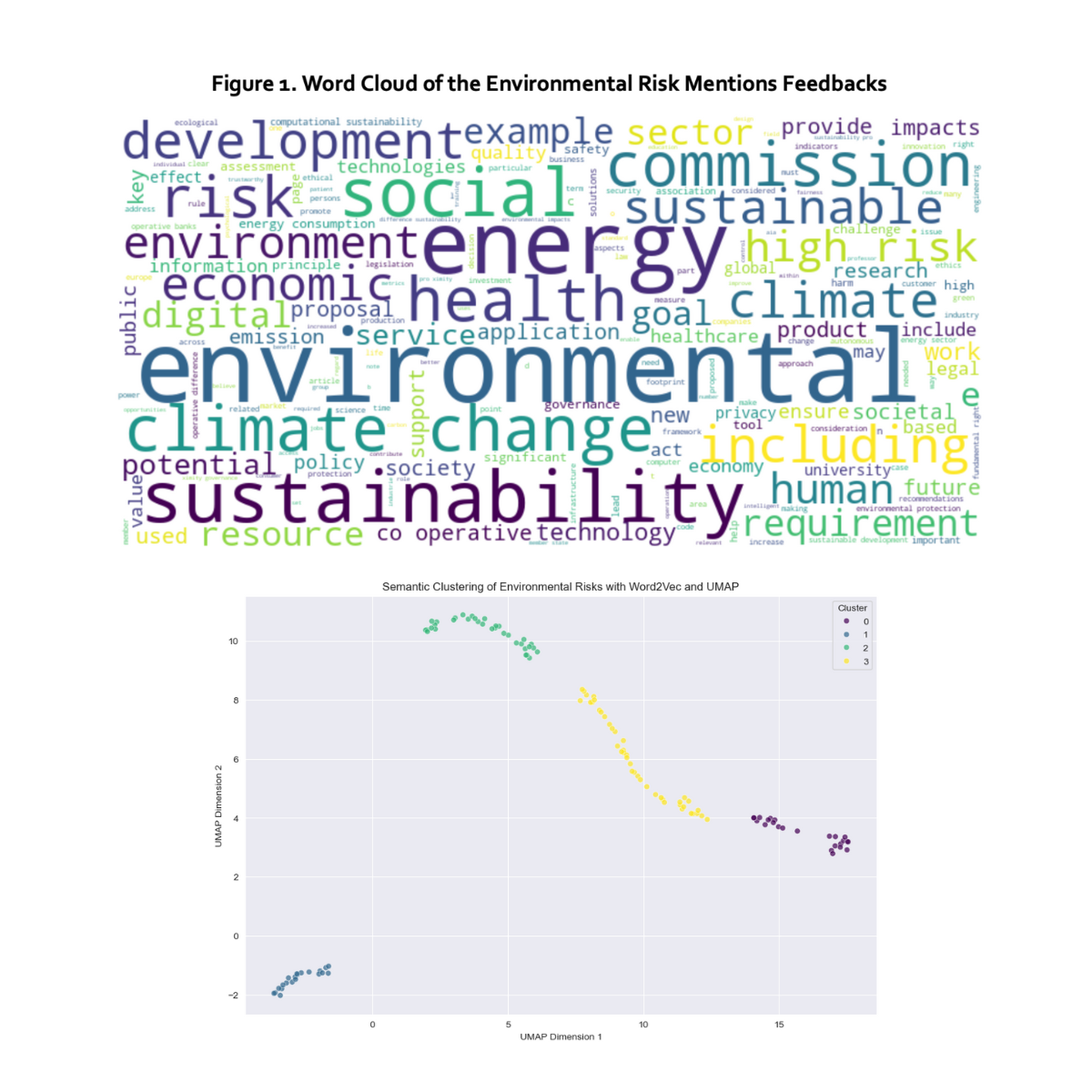
Identifying AI’s Environmental Risks: Using NLP to Analyzing Public Feedback on the AI Act
Used Natural Language Processing to analyze over 400 public consultation submissions on the EU AI Act, focusing on climate and environmental risks.
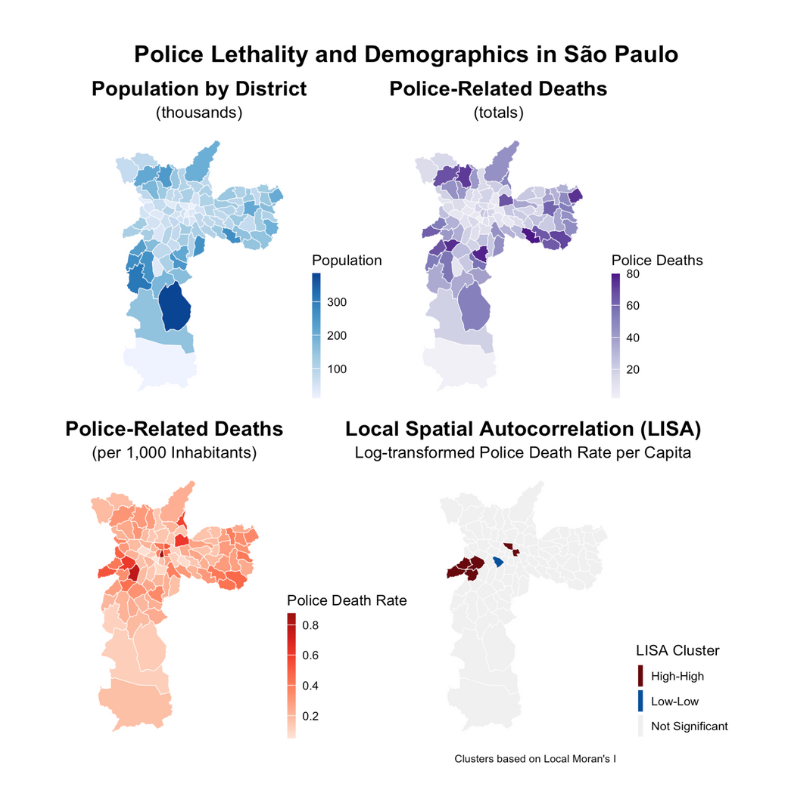
Geospatial Analysis of Police Lethality in São Paulo, Brazil
Spatial analysis and modeling of police-related deaths in São Paulo using census, income, and incident data. I was responsible for the data visualization and the spatial regression models.
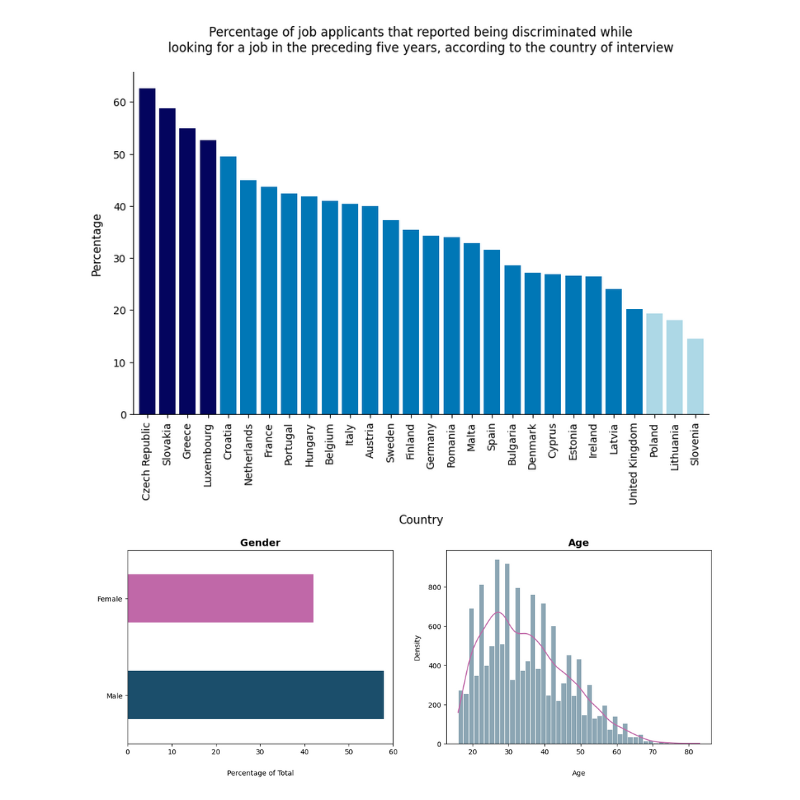
Employment Bias: ML for Labour Market Discrimination
Developed and evaluated machine learning models to predict self-reported job discrimination among immigrants and minorities across Europe, using the EU-MIDIS II survey. I was responsible for building, tuning, and interpreting the ML classification models.

Debt Settlement App
Full-stack web app for tracking and settling debts between users. Built for Data Structures & Algorithms (2024), the app features a dynamic transaction network, debt tracking, and PayPal payment links. I led the frontend development and visualizations.
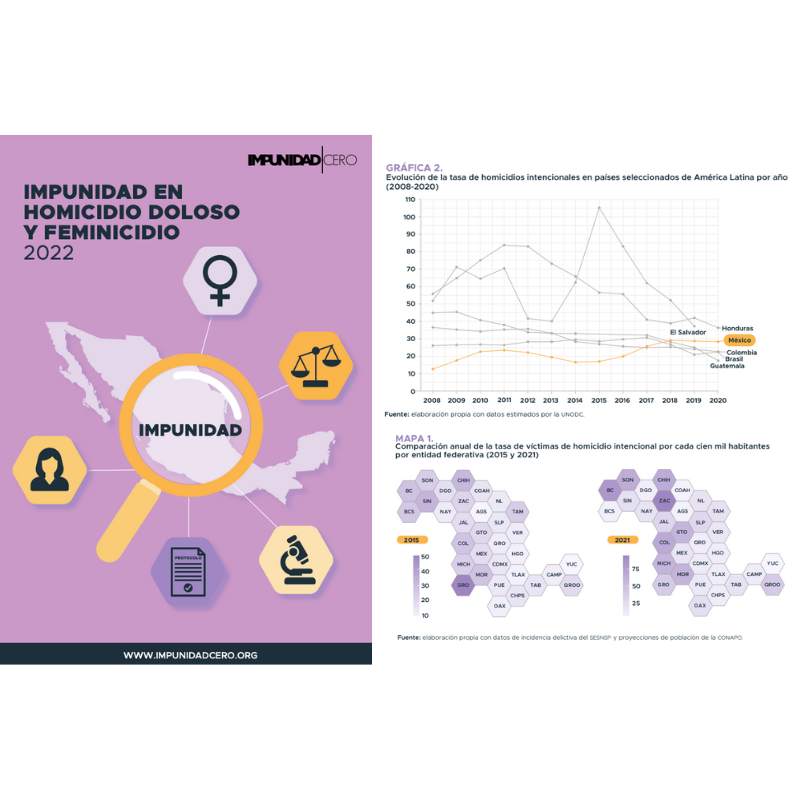
Impunity in Intentional Murders and Feminicide
I coordinated this national report analyzing impunity levels in intentional homicides and femicides in Mexico. Between 2016 and 2021, only 7 out of every 100 intentional homicides led to a conviction, and less than half of registered femicides were solved.
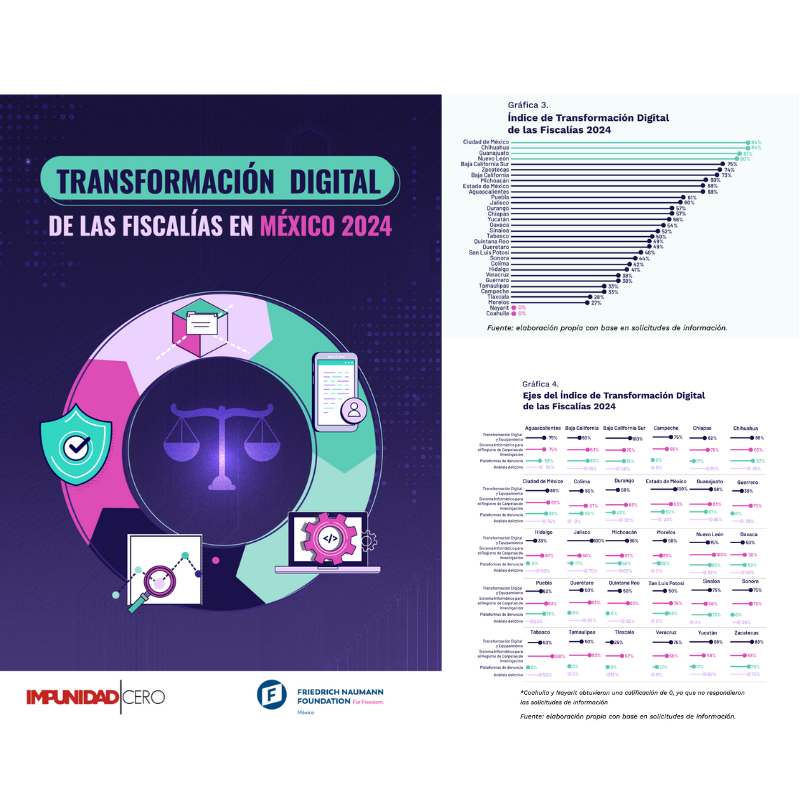
Digital Transformation of the Public Prosecutors’ Offices in Mexico 2024
I led and coordinated this nationwide assessment of digital transformation across Mexico’s 32 state prosecutors’ offices. The project developed a methodology to measure progress in areas like digital platforms for complaints, case management systems, data-driven analysis, and cybersecurity.
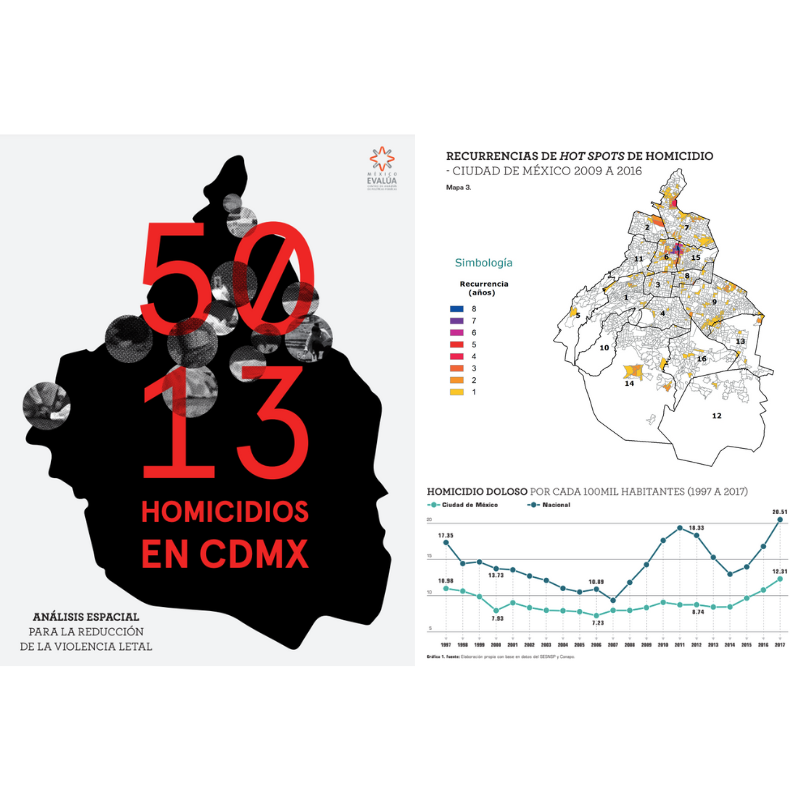
5,013 Murders in Mexico City
In my first research collaboration as research assistant, I contributed to this report mapping homicide “hotspots” in Mexico City. The study identified priority zones for intervention and produced practical recommendations for targeted policing and urban policy.